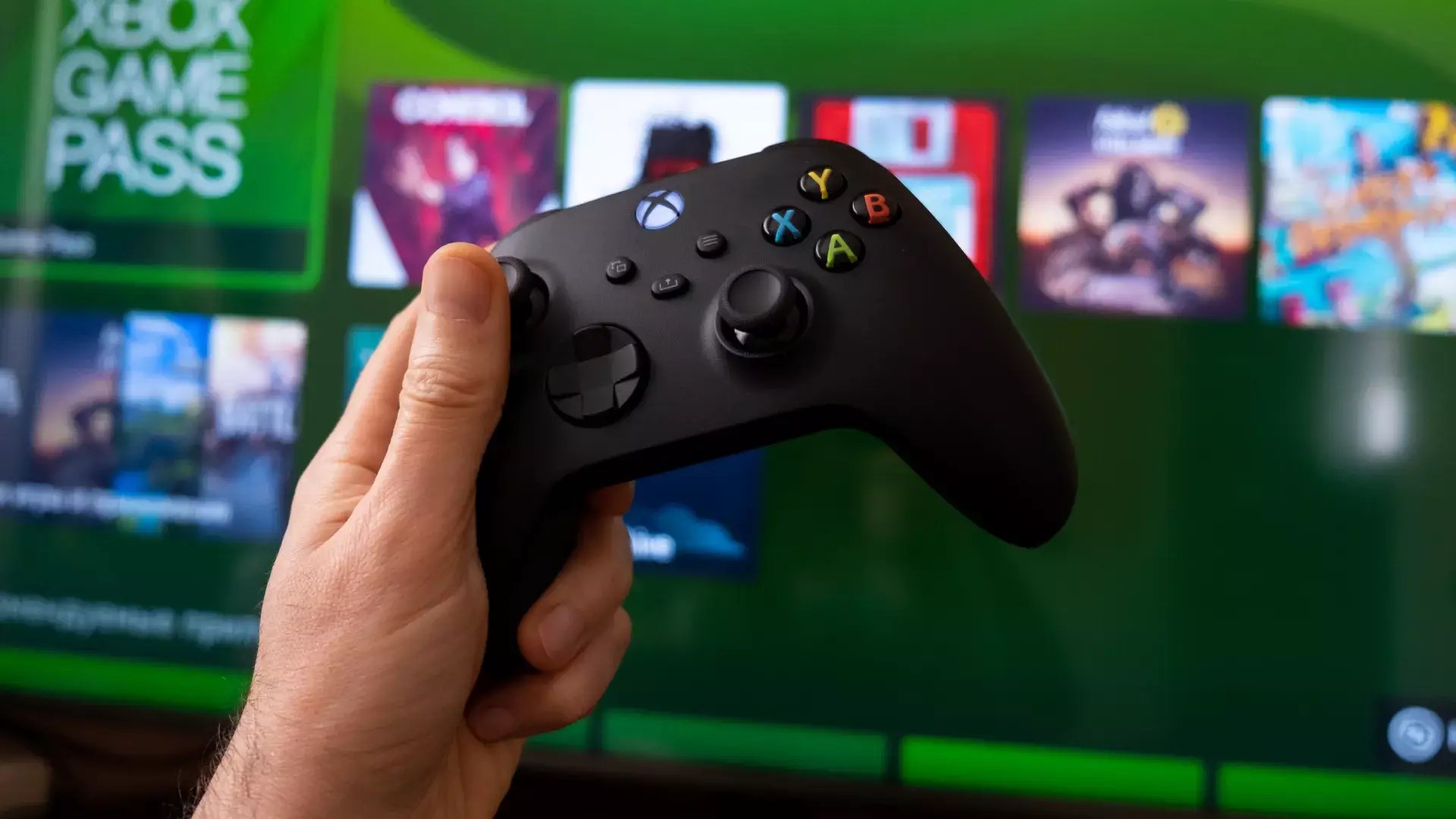In the landscape of gaming technology, narratives often oscillate between innovation and obsolescence. Recently, speculation has surged around Microsoft’s strategic direction, with many pondering whether they intend to continue investing in traditional consoles or pivot towards a more flexible, device-agnostic ecosystem. The prevailing sentiment in the industry has historically positioned Xbox as a console-centric brand, yet emerging signals suggest that Microsoft recognizes the shifting paradigms of gameplay, emphasizing accessibility and multi-platform experiences. The question is no longer whether the console will survive but how it will evolve within a broader, more integrated digital landscape.
Ex-PlayStation executive Shawn Layden’s assertion that “Xbox’s console days are numbered” has generated debate, but it oversimplifies a complex strategy. Microsoft’s recent communications, especially from VP Jason Ronald, reveal a nuanced approach that seeks to blend the familiarity of dedicated gaming hardware with the flexibility demanded by today’s players. Instead of abandoning consoles, Microsoft appears to be redesigning their concept of dedicated devices—focusing on seamless access and cross-platform play. Their emphasis on “putting players at the center” underscores a shift from hardware dominance to ecosystem dominance, offering a more versatile and player-friendly experience.
Unpacking Microsoft’s Multi-Device Vision
A significant insight into Microsoft’s plans is their focus on accessibility, convenience, and mobility. Rather than clinging solely to traditional consoles, the company seems to be exploring ways to enable players to enjoy high-quality gaming across diverse devices. The mention of upcoming devices like the Xbox Ally or next-generation hardware hints at a potential hybrid approach—melding the power of advanced consoles with portable solutions that echo the design philosophy behind the Nintendo Switch or Steam Deck.
What distinguishes Microsoft’s strategy is its intention to break down the barriers between gaming environments. As Jason Ronald articulates, Microsoft’s goal is to “evolve the Xbox ecosystem” to support gaming on multiple devices, whether at home or on the go. This vision aligns with broader industry trends favoring cloud gaming, remote play, and device-agnostic platforms. By emphasizing portability alongside dedicated infrastructure, Microsoft is making a calculated bet that future gamers will prioritize versatility over rigid hardware categorizations.
Moreover, the development of the Xbox Ally X, equipped with AMD Ryzen AI Z2 Extreme chipset, indicates that Microsoft isn’t scaling back on raw power but integrating it into portable form factors. The technical specifications—such as 24GB RAM and a 1TB SSD—suggest a device capable of running demanding titles without compromise, challenging the notion that portable gaming must be limited or inferior to console experiences.
Balancing Hardware Innovation with Strategic Flexibility
The industry has often viewed console generations as either revolutionary or incremental; however, Microsoft’s approach appears to be more about breadth than depth at a single point in time. Sarah Bond’s declaration of the upcoming hardware as potentially offering the “largest technical leap” hints at a significant technological upgrade, yet her remarks don’t exclude the broader vision of a multi-device gaming environment. In fact, these advancements could serve as the backbone of a cohesive ecosystem that spans hardware types—losing the exclusivity model but gaining in flexibility.
Further complicating the narrative is Microsoft’s commitment to releasing games across multiple platforms, including competitors’ ecosystems. This indicates a strategic shift towards a more open philosophy, challenging traditional notions of platform exclusivity. It suggests that the future of Xbox hardware isn’t solely about owning a console but about creating a unified gaming universe accessible on various devices and storefronts. This approach not only caters to modern gaming habits but also aligns with the changing consumer demand for freedom and choice.
Ultimately, Microsoft’s investment in hybrid devices and broad ecosystem support underscores a fundamental transformation in the gaming industry. They are repositioning themselves as facilitators of a more fluid, player-centric universe, where hardware is a means to an end, not the end itself. While some industry insiders remain skeptical, it is undeniable that Microsoft’s strategy reflects a bold confidence in innovation—embracing change rather than resisting it—and a clear recognition that the future belongs to adaptable, multi-device gaming experiences.


Leave a Reply